Enigmatic Journey Exploring City of Dead
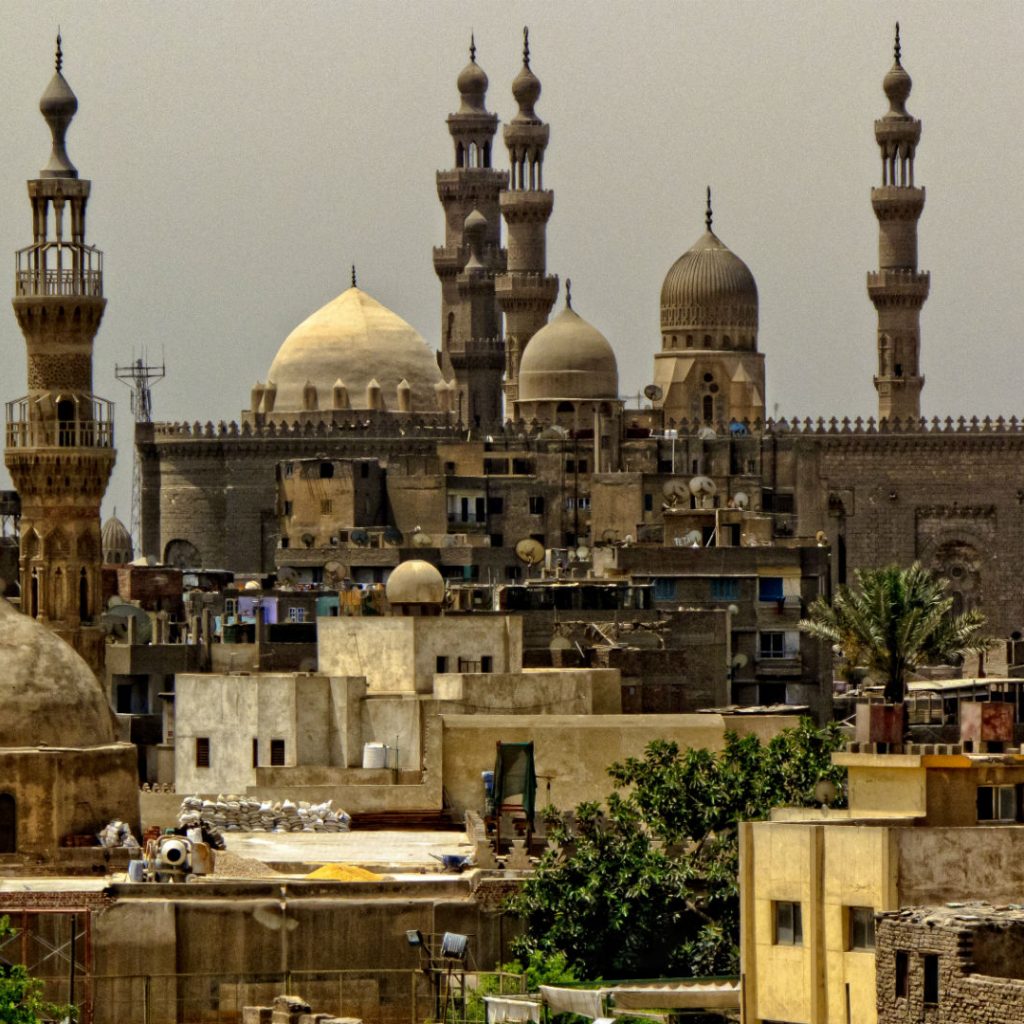
Contents:
- Introduction
- Historical Background of Cairo’s City of the Dead
- Architectural Marvels Within the Necropolis
- Cultural Significance of the City of the Dead
- Daily Life Amidst Tombs and Mausoleums
- Unique Burial Traditions in Cairo
- The City of the Dead’s Role in Modern Cairo
- Famous Tombs and Mausoleums to Visit
- Difficulties and Conservation Efforts
10 Planning Your Trip to Cairo’s City of the Dead - Guidelines for a Courteous Visit
- Conclusion
- FAQs
City of Dead, in Cairo, also known as Al-Qarafa, is an ancient necropolis that has intrigued travellers and scholars alike for centuries. This vast cemetery, stretching over several kilometres, is not just a burial ground but also a living community where the dead and the living coexist. This article explores the rich history, architectural marvels, and cultural significance of the City of the Dead, providing a thorough guide for anyone planning a visit to this unique area in the City of Dead.
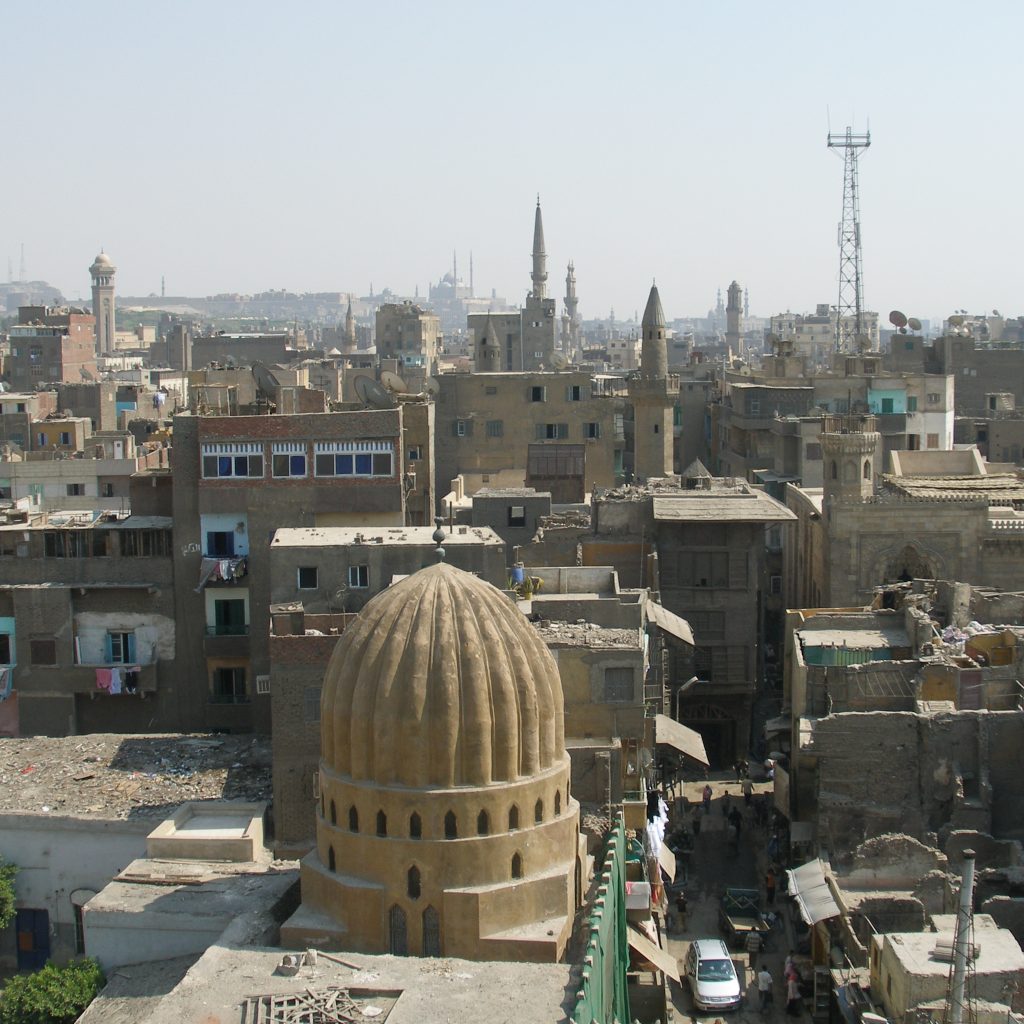
2. Historical Background of Cairo’s City of the Dead
City of Dead, dates back to the Islamic conquest of Egypt in the 7th century. Over the centuries, it has evolved from a simple burial ground to a sprawling necropolis.The Mamluk and Ottoman periods significantly shaped its architectural landscape, City of Dead, with grand mausoleums and intricate tombs reflecting the artistry and reverence for the deceased during these eras.
3.Architectural Marvels Within the Necropolis
City of Dead is home to some of Cairo’s most stunning Islamic architecture. The necropolis features a variety of tombs, mosques, and mausoleums, each showcasing exquisite craftsmanship.Notable examples include the Mausoleum of Sultan Qaitbay and the Mosque of Imam al-Shafi’i, both celebrated for their intricate tile work and elegant domes.
4.Cultural Significance of the City of the Dead
City of Dead is not merely a cemetery; it holds immense cultural and religious significance. It is a testament to Cairo’s historical reverence for the afterlife and the enduring legacy of its inhabitants. The site is a reflection of Islamic beliefs surrounding death, resurrection, and the afterlife, making it a place of pilgrimage for many.
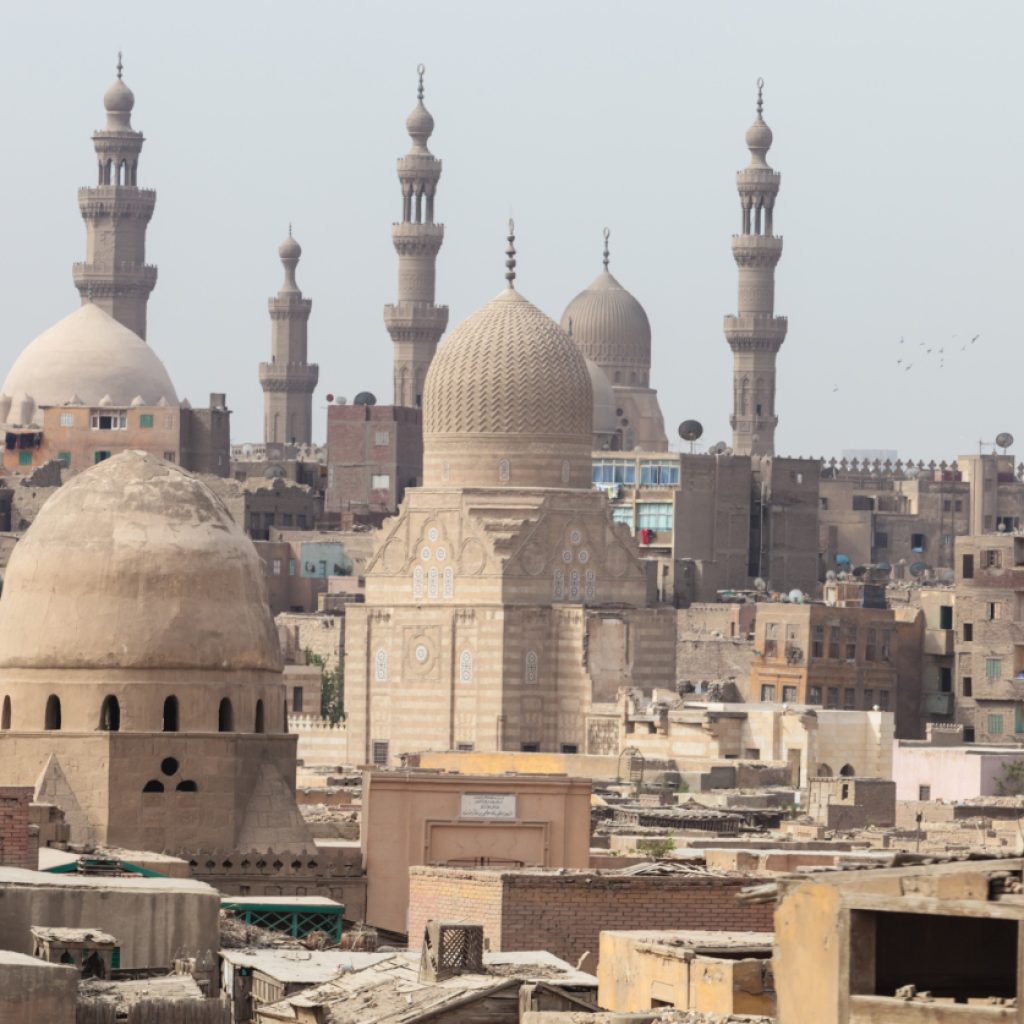
5.Daily Life Amidst Tombs and Mausoleums
One of the most intriguing aspects of City of Dead, is that it is also a residential area.City of Dead,
Thousands of people live among the tombs, creating a unique community. Residents often work as caretakers of the graves or engage in small-scale businesses. This coexistence of the living and the dead adds a fascinating layer to the necropolis.
6. Unique Burial Traditions in Cairo
Cairo’s City of the Dead is renowned for its distinctive burial traditions. The necropolis features elaborate family tombs where generations are laid to rest. Funerary practices often include communal prayers, feasts, and the adornment of graves with flowers and personal items, reflecting the deep respect for the deceased.
7. The City of the Dead’s Role in Modern Cairo
Despite being an ancient necropolis, the City of the Dead continues to play a vital role in modern Cairo.
It is a cultural landmark, attracting tourists, historians, and archaeologists. It reminds us of the city’s historical roots and the ongoing cycle of life and death within its urban landscape.

8.Famous Tombs and Mausoleums to Visit
Visitors to the City of the Dead can explore numerous famous tombs and mausoleums. Key sites include the Mausoleum of Sultan Barquq, the Tomb of Sayyida Nafisa, and the Mausoleum of Sultan Inal. Each site offers a glimpse into the historical and architectural grandeur of the necropolis.
9.Challenges and Preservation Initiatives
Preserving the City of the Dead is an ongoing challenge. Urbanization, pollution, and neglect have taken a toll on many structures.However, various preservation efforts are underway, led by both governmental and non-governmental organizations.
These initiatives aim to restore and protect the necropolis for future generations.
10. Planning Your Trip to Cairo’s City of the Dead
When planning a trip to Cairo’s City of the Dead, it is essential to research and prepare adequately. Hiring a knowledgeable guide can enhance the experience, providing historical context and navigating the vast area. Additionally, visitors should be mindful of the cultural and religious sensitivities associated with the site.
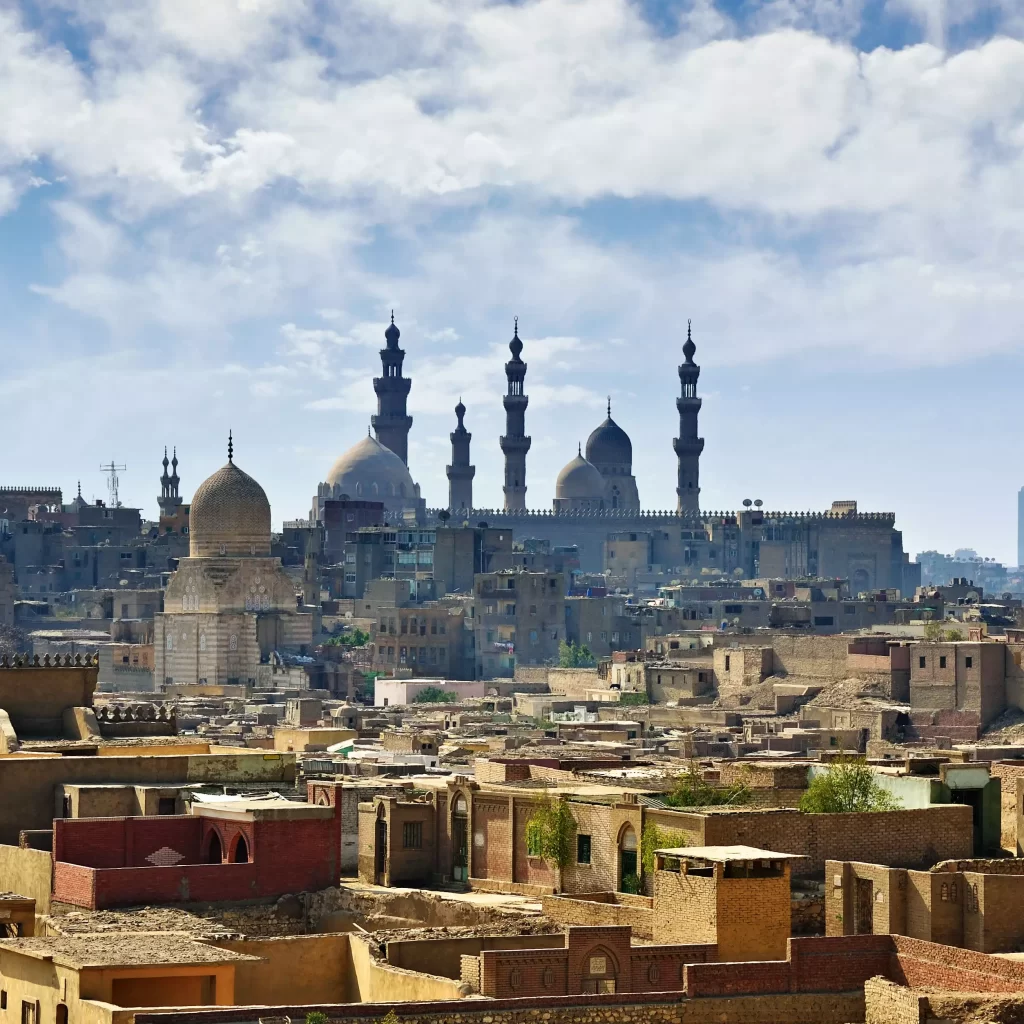
11. Guidelines for a Courteous Visit
Respect is paramount when visiting the City of the Dead. Visitors should dress modestly, refrain from disturbing the residents, and avoid walking on graves. Photography should be done discreetly, and it is advisable to seek permission when photographing individuals or private areas. Being mindful of these etiquettes ensures a respectful and enriching visit.
Cairo’s City of the Dead is a remarkable testament to the city’s rich history and cultural heritage. It’s where past and present meet, giving a rare look into the lives of those who lived before us. Whether you are a history enthusiast, an architecture lover, or a curious traveller, a visit to this necropolis is an unforgettable experience that deepens one’s understanding of Cairo’s multifaceted identity City of the Dead.
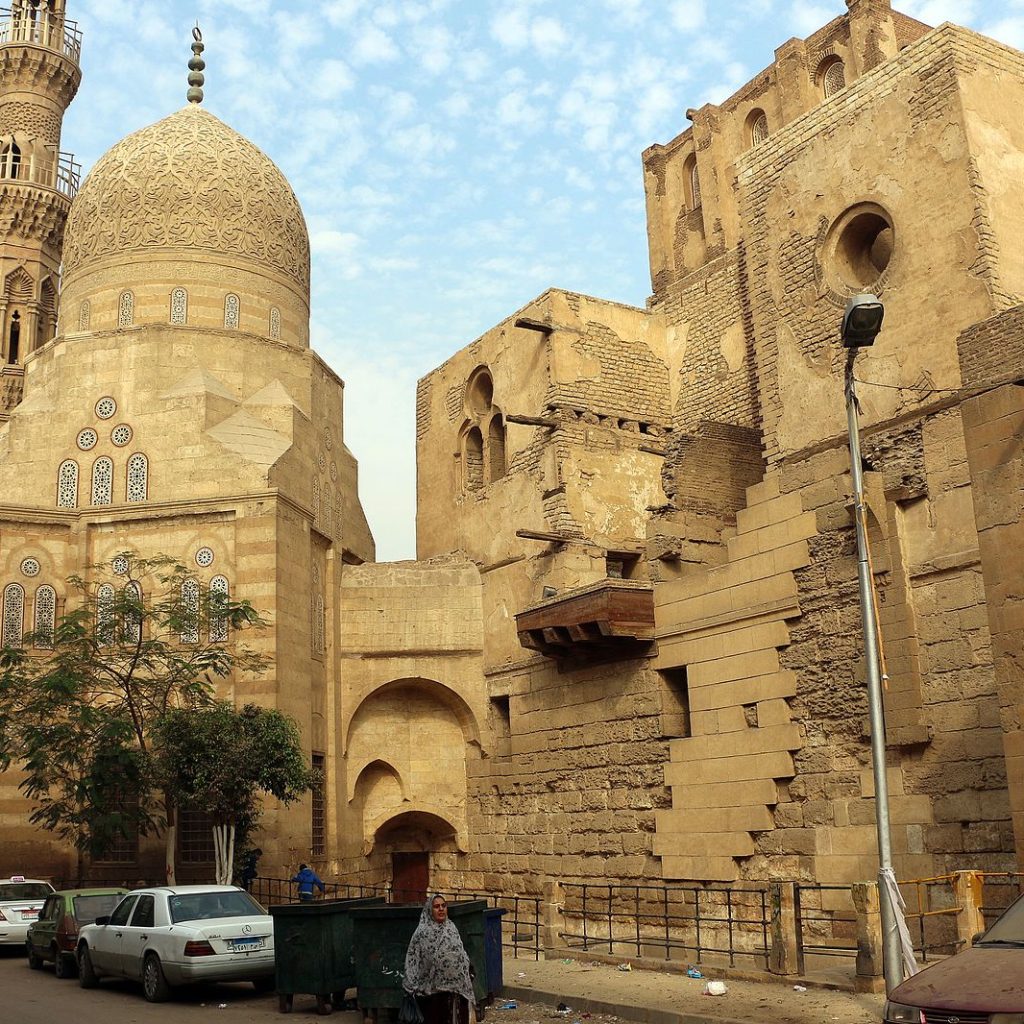
1. What exactly is Cairo’s City of the Dead?
The City of the Dead is a vast necropolis in Cairo, where both the living and the dead reside.
2. What is the age of the City of the Dead?
It dates back to the 7th century, following the Islamic conquest of Egypt.
3. Can you explore the City of the Dead?
Yes, it is open to visitors, though respectful behaviour is expected.
4. May I book guided tours?
Yes, hiring a knowledgeable guide is recommended for a more informative visit.
5. What are some famous tombs to see?
Notable sites include the Mausoleum of Sultan Qaitbay and the Mosque of Imam al-Shafi’i.
6. Is it safe to visit the City of the Dead?
Generally, it is safe, but visitors should be cautious and respectful of the local community.
7.What outfit should I choose for the visit?
Modest clothing is recommended, respecting the cultural and religious significance of the site.
Exploring Cairo’s City of the Dead offers a unique journey through time, blending history, culture, and living traditions into a singular experience.
- The City of the Dead in Cairo, also known as Al-Qarafa, isan ancient necropolis that has intrigued travellers and scholars alike for centuries.
- This vast cemetery, stretching over several kilometres, is not just a burial ground but also a living community where the dead and the living coexist.
- This article explores the City of the Dead’s rich history, architectural marvels, and cultural importance, providing a detailed guide for anyone planning a visit to this unique part of Cairo.





Comment (0)